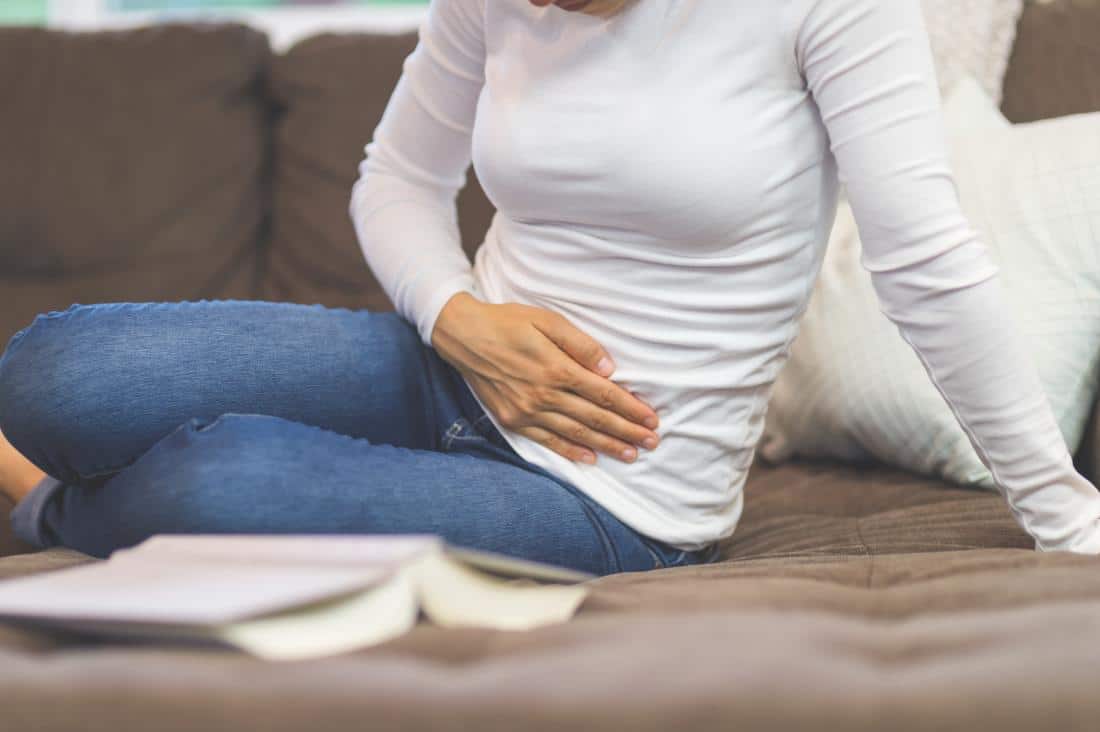This refers to a group of conditions characterised by pain with bladder filling and emptying, along with increased frequency of urination and passing urine at night. All of these symptoms closely mimic those of a urinary infection, but the urine culture will be clear.
Painful Bladder Syndrome
Painful Bladder Syndrome
This refers to a group of conditions characterised by pain with bladder filling and emptying, along with increased frequency of urination and passing urine at night. All of these symptoms closely mimic those of a urinary infection, but the urine culture will be clear.

Symptoms
Many women report multiple episodes of supposed infection with variable responses to antibiotics. In a few women the condition is a severe form and causes a very small capacity bladder which bleeds when it gets full.
The precise cause of this condition is unknown, but one theory is the lining of the bladder is damaged (perhaps by infection) and then irritants within the urine can cause release of inflammatory chemicals such as histamine in the muscle wall. This leads to pain and irritability of the bladder.
This is a very challenging condition to manage, and women are often seen by urologists and pain specialists. In many cases patients have had multiple ‘UTIs’ (urinary tract infections), but often the tests come back clear. In bad cases patients may need to pass urine multiple times during the day and night, and frequently note that it is painful as the bladder fills or empties. This is what differentiates it from ‘Overactive bladder’ (see ‘Urinary incontinence’). In some cases there will be blood in the urine.
Treatment
Many women will have figured out some of the triggers for their painful bladder. In a lot of ways it is similar to irritable bowel, and pain nerves may become ‘supersensitized’ leading to discomfort when there shouldn’t be any.
Figuring out and avoiding triggers with close dietary management, reducing inflammation with specific anti-histamines, treating abnormal pain sensation with pain medications such as amitriptyline and relaxing the pelvic floor are all key strategies.
In some women a cystoscopy (procedure to look inside the bladder) and gentle stretch with fluid will be needed.
If there is no response to simple management, a Urologist may be consulted to consider treatments placed into the bladder to try and repair the wall or reduce inflammation.
We can help
If you think you may have interstitial cystitis and would like to talk to us about how we can help, please feel free to contact us. You can also request an appointment online.
Many women report multiple episodes of supposed infection with variable responses to antibiotics. In a few women the condition is a severe form and causes a very small capacity bladder which bleeds when it gets full.
The precise cause of this condition is unknown, but one theory is the lining of the bladder is damaged (perhaps by infection) and then irritants within the urine can cause release of inflammatory chemicals such as histamine in the muscle wall. This leads to pain and irritability of the bladder.
This is a very challenging condition to manage, and women are often seen by urologists and pain specialists. In many cases patients have had multiple ‘UTIs’ (urinary tract infections), but often the tests come back clear. In bad cases patients may need to pass urine multiple times during the day and night, and frequently note that it is painful as the bladder fills or empties. This is what differentiates it from ‘Overactive bladder’ (see ‘Urinary incontinence’). In some cases there will be blood in the urine.
Many women will have figured out some of the triggers for their painful bladder. In a lot of ways it is similar to irritable bowel, and pain nerves may become ‘supersensitized’ leading to discomfort when there shouldn’t be any.
Figuring out and avoiding triggers with close dietary management, reducing inflammation with specific anti-histamines, treating abnormal pain sensation with pain medications such as amitriptyline and relaxing the pelvic floor are all key strategies.
In some women a cystoscopy (procedure to look inside the bladder) and gentle stretch with fluid will be needed.
If there is no response to simple management, a Urologist may be consulted to consider treatments placed into the bladder to try and repair the wall or reduce inflammation.
If you think you may have interstitial cystitis and would like to talk to us about how we can help, please feel free to contact us. You can also request an appointment online.
Related Conditions & Treatments
Related Conditions & Treatments
Teamwork
We all have a variety of expert skills and clinical knowledge – we work together and with our patients to achieve their treatment goals.
Up-to-date technology
We are up-to-date in terms of technology and modern methods of investigation and treatment, and continue to maintain this level of advanced service.
Minimal approach
We have the ability and expertise to manage surgical procedures using minimal access approaches. This includes using keyhole surgery wherever possible.
